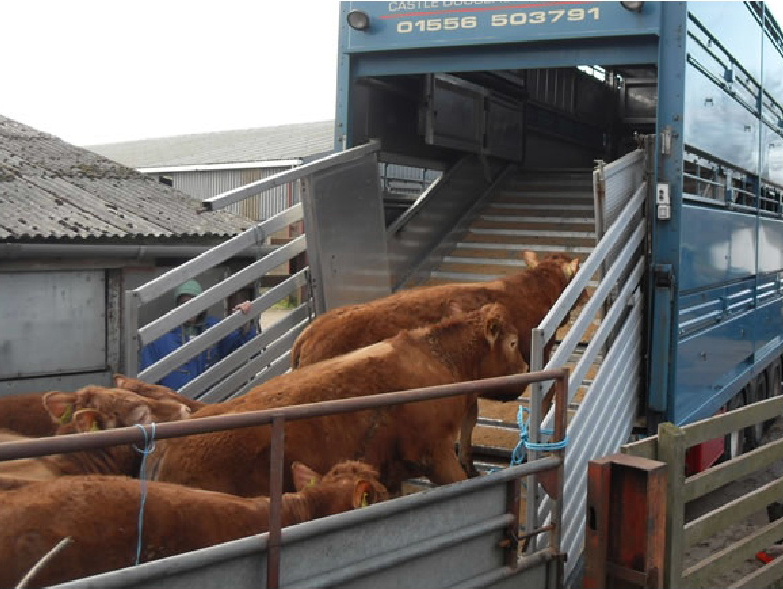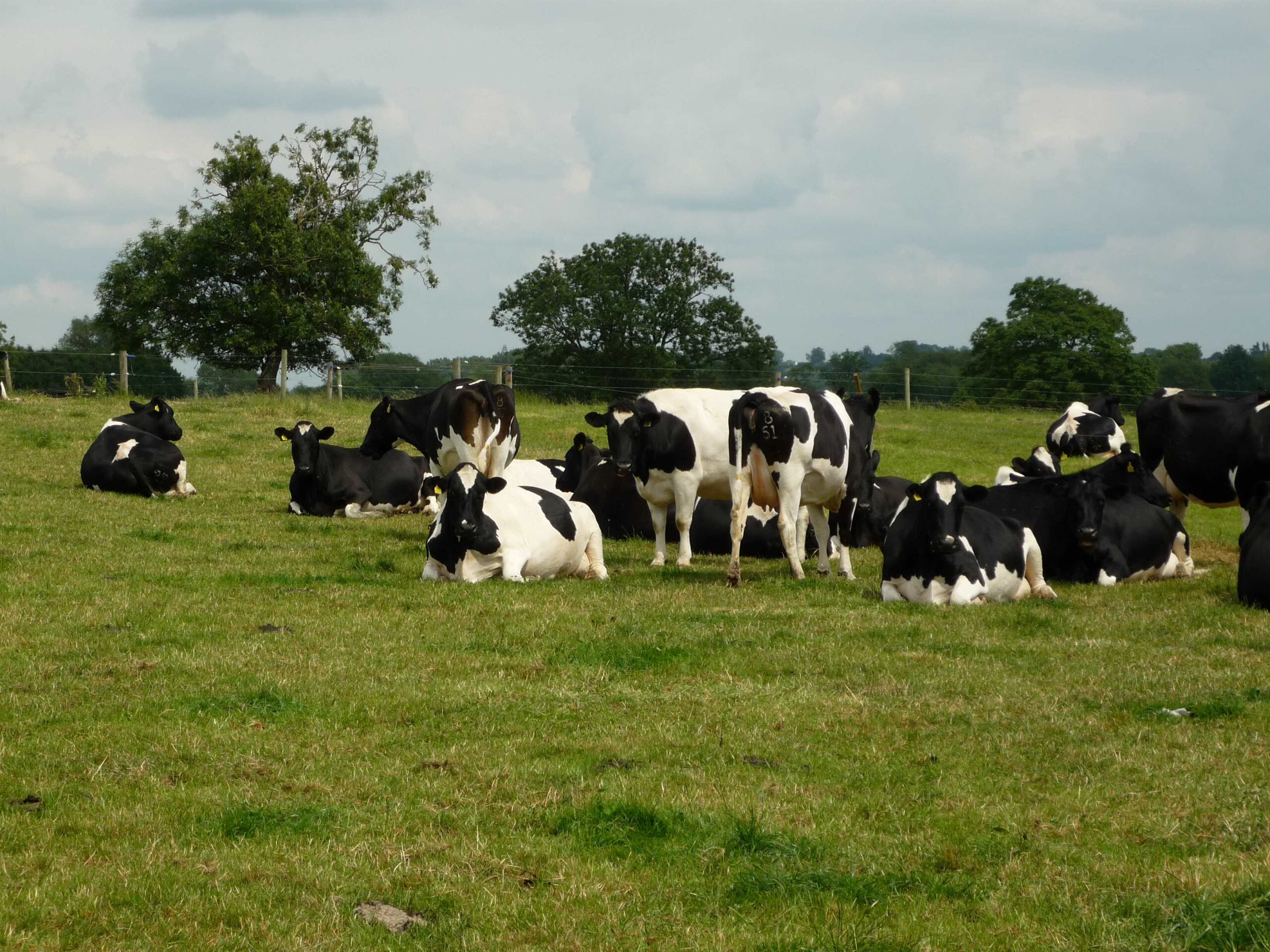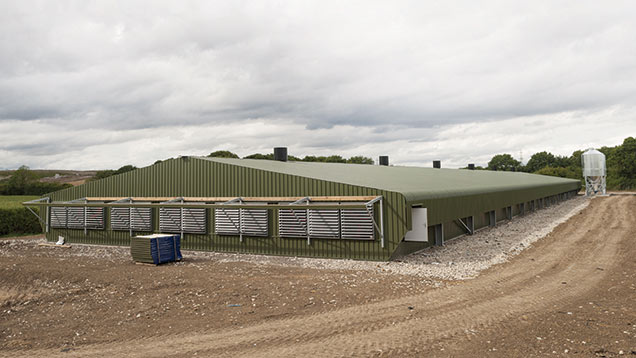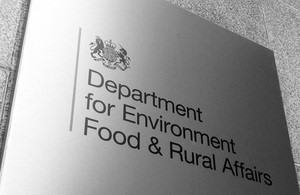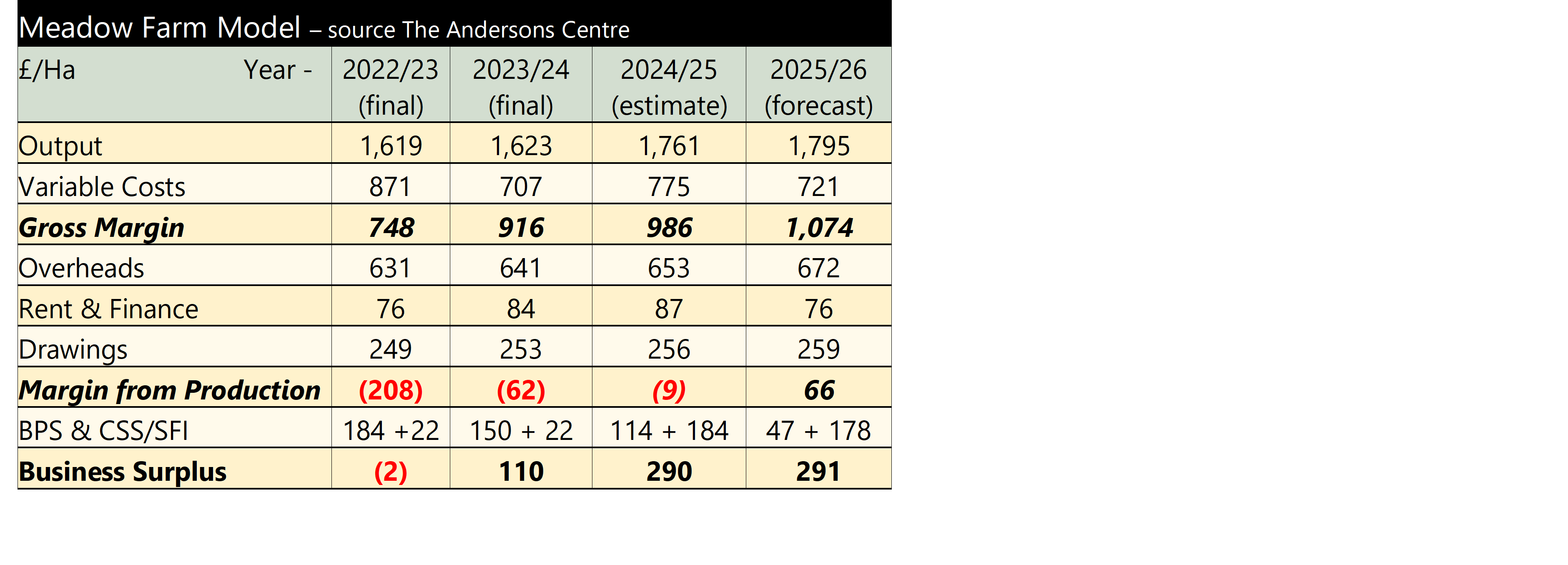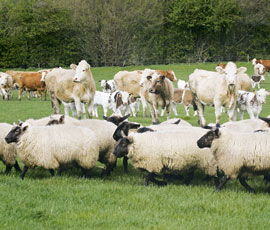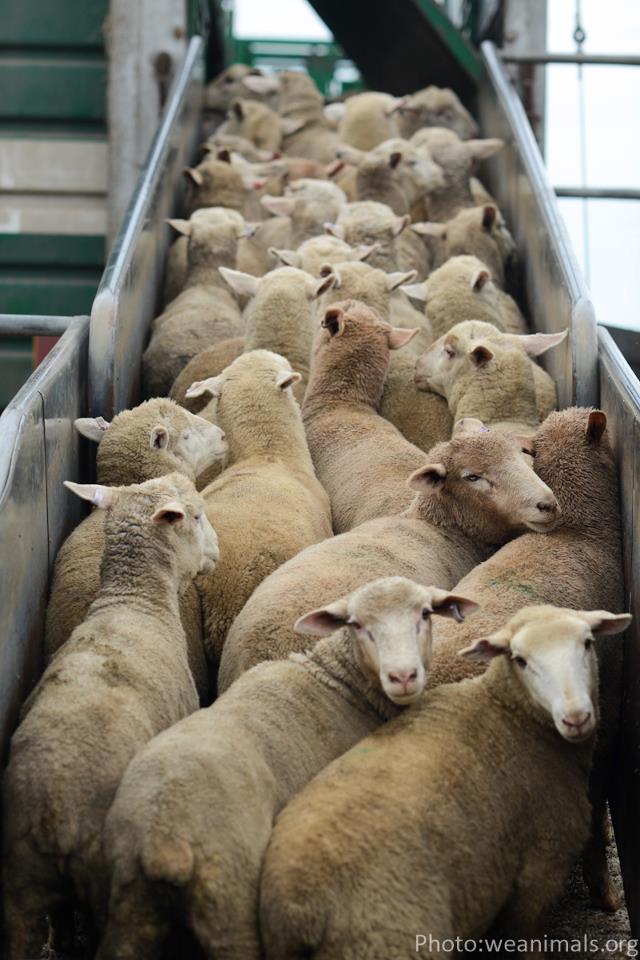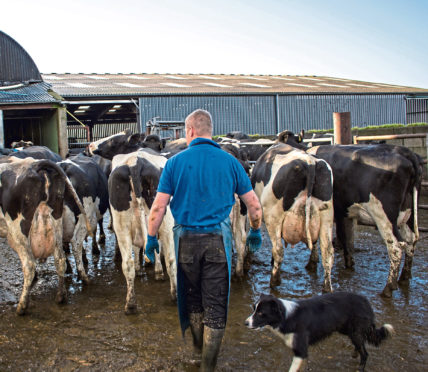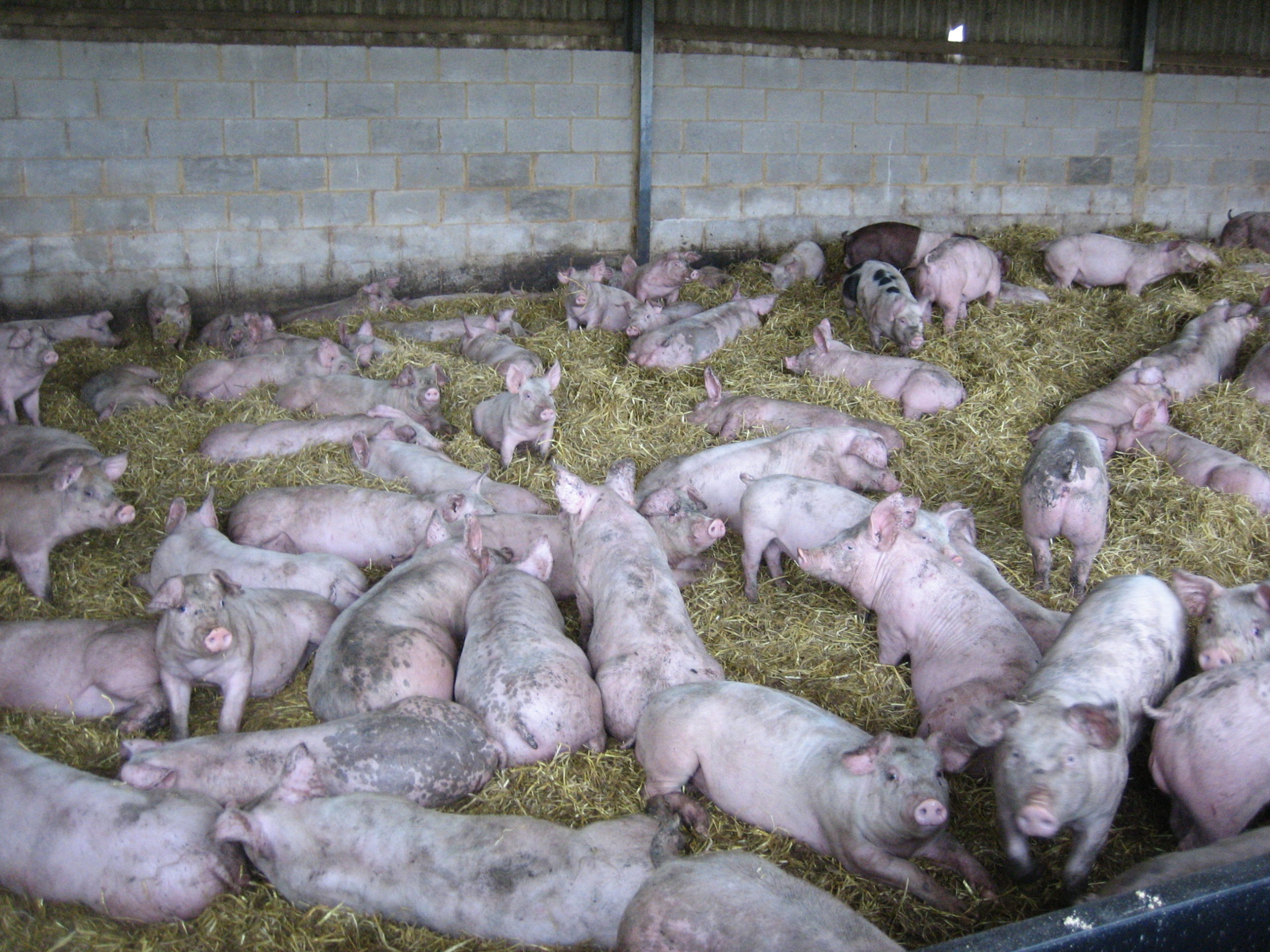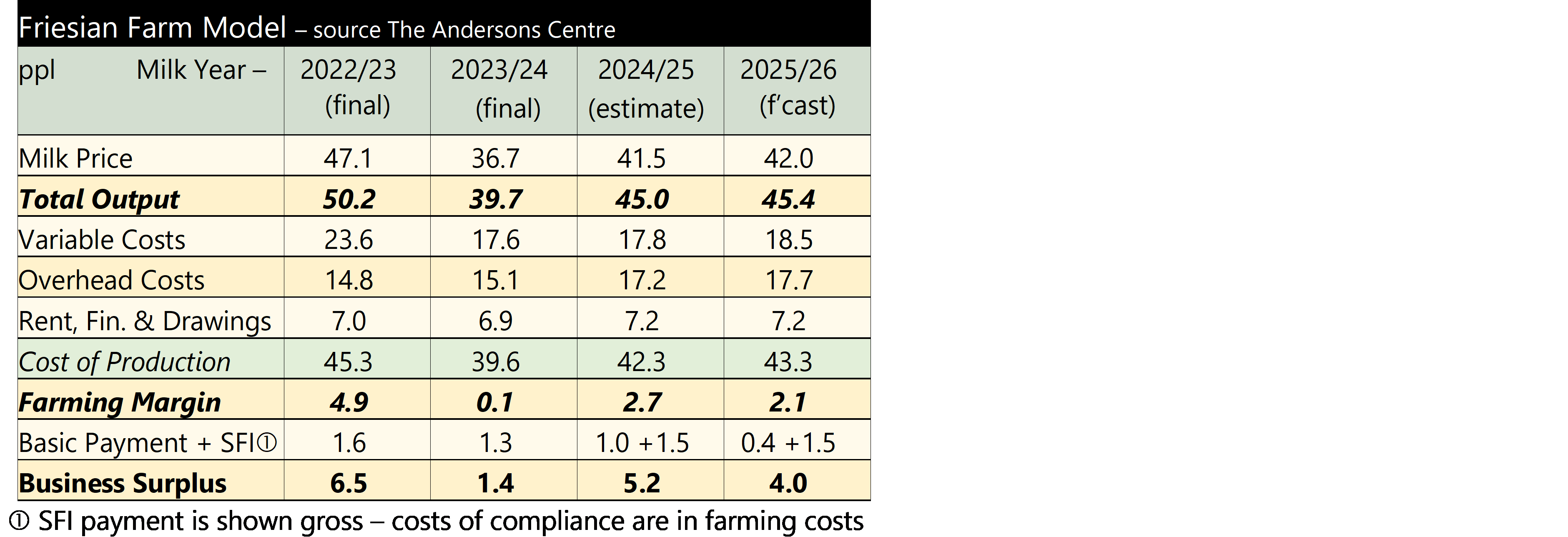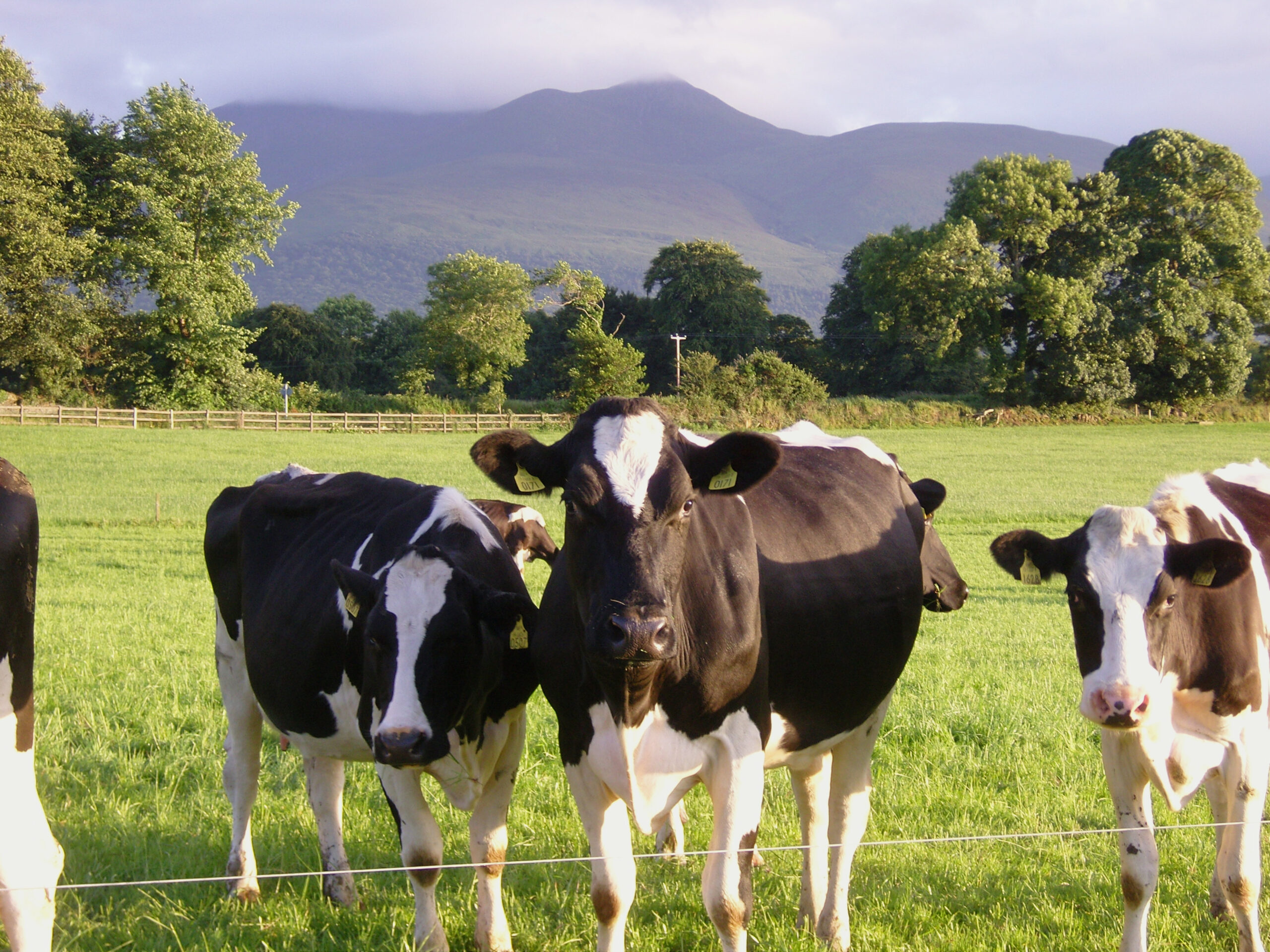Beef producers have had a good year; the market in 2024 was strong. Despite increased domestic production and higher imports, finished cattle prices kept breaking records and this has continued at pace into 2025. The AHDB has published its Beef Outlook for 2025 which suggests farmgate prices will continue to be supported throughout the year.
The Levy Board is forecasting a 5.3% reduction in UK beef production in 2025 to 885,000 tonnes, this compares with a 3.7% increase in 2024 to 934,000 tonnes. In 2025 the AHDB is expecting prime cattle slaughter will reduce by 6% to 1.99 million head compared with 2024. However, this will be dependent on heifer slaughter numbers. In 2024, this was the main driver for increased slaughter numbers, but is influenced by producer sentiment. If farmers decide to reduce stocking levels or exit the industry, what would have been replacement heifers, destined for the breeding herd, will be slaughtered, increasing short-term production. The opposite will happen if the breeding herd stabilises or increases. In addition, data from calf registrations suggests domestic cattle supplies will continue to decrease into 2026, with the number of calves registered for beef production declining by -2.5% in 2023 and a further -1.8% reduction in the year to November 2024.
The number of cows being slaughtered also increased in 2024; by 1.8% on the year. This was greater than originally forecast and is mainly due to the continued reduction in the suckler beef breeding herd; dairy cow numbers have remained stable on the year. Beef margins have been tight for many years and very reliant on the BPS. With support now declining, current strong prices may offer an exit route for some. Even so, the AHDB is forecasting cow slaughter numbers to decline by 2% on the year to 608,000 head.
Looking at demand, this has remained stable in 2024, with growth in retail offsett by a decline in out-of-home consumption. For 2025, the AHDB is forecasting demand volumes will increase by 1%, providing further support to prices.
In terms of trade, imports to the UK increased by 5% from January to November 2024, compared with 2023. Shipments were up by 11% from Ireland, the UK’s largest supplier; the wide price differential which has developed between British and Irish product will have driven this. Due to a reduction in domestic production in 2025 and an increase in demand, imports are expected to increase by 12% to meet the forecast consumption levels.
Exports in 2024 were up by 8% for the period January to November 2024 year-on-year. In particular, shipments to the EU, Canada and Hong Kong experienced increases, despite the strong UK price. Beef supply grew in the EU in 2024, even so, cattle prices on the Continent have remained firm suggesting strong demand. For 2025, UK beef exports are forecast to decline by 7% compared with 2024, basically due to low availability.
The farmgate beef price is breaking records weekly. The All-Steer deadweight price for the week ending 15th February stood at 635.2p per kg. This is up 13.6p per kg on the week and is some 137.9p per kg higher than for the same week in 2024. The price has increased by 79p per kg since the turn of the year. Taking all the above into account, it can be seen there are many market positives and we expect the current strong prices to be supported through 2025.
